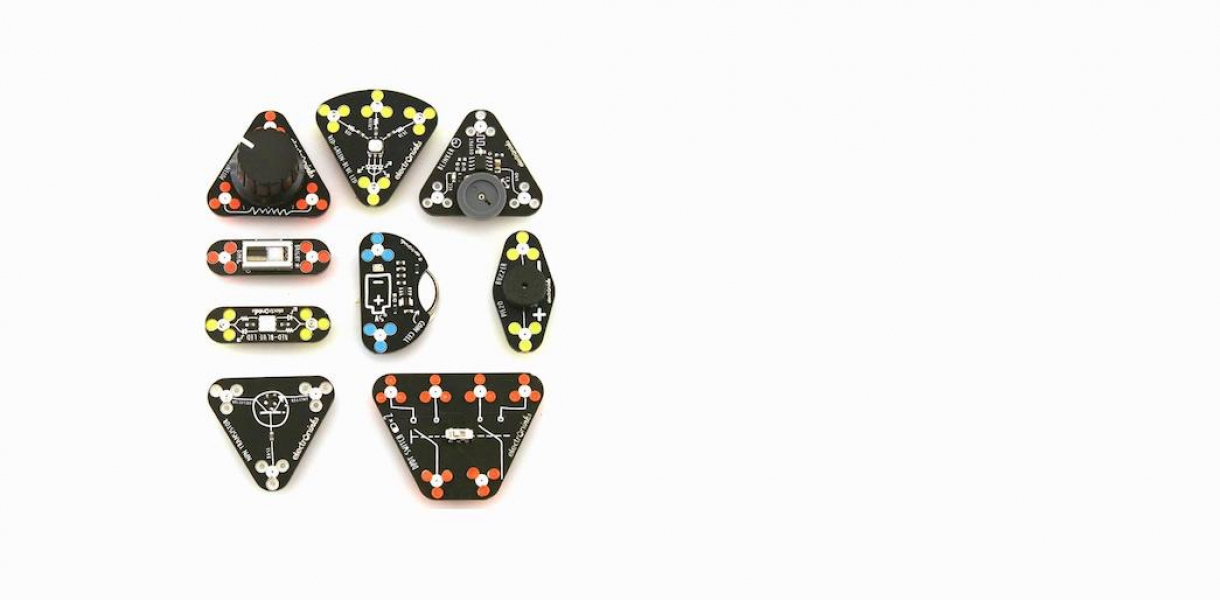In 2019, Siemens Stiftung and The Index Project initiated a years-long collaboration to implement design thinking in STEM education across the globe. Now, about three years later, over 150 South African and Latin American teachers have been introduced to the Design to Improve Life Compass (DtIL) methodology.
“Index has many years of practical experience in training teachers and educators in design thinking methodology and that is why Siemens Stiftung invited us to be part of this project in the first place,” says Charlotte Høeg Andersen, Education Director at The Index Project.
But why is it so important to bring design thinking into the curriculum? To succeed in today’s multi-faceted and challenge-packed world, it’s important for students to achieve certain knowledge, habits and skills – what’s known as 21st-century skills.
Some of these involve collaboration, creative and critical thinking, problem-solving, global awareness, innovation skills and social responsibility. Working with the DtIL compass activates and nurtures all of these skillsets.
“The partnership consists of three elements,” explains Christine Niewöhner, Senior Project Manager at Siemens Stiftung. “First, high quality and holistic STEM education, that addresses the need to understand the complex challenges of our times. Second, utilising design thinking as an innovative teaching and learning methodology, that nurtures creative confidence and innovation capabilities (...). And third, (...) we suggest working with the United Nations’ SDGs with their global relevance but also their unique local characteristics.”
The practical work of bringing design thinking into STEM education goes through the teachers. That’s why the ‘Design thinking in STEM’-partnerships is about having teachers work with the compass and make them understand how they can use it in class. Both in-person and online, the workshops have been held in South Africa, Chile, Peru and Mexico.
Both Christine Niewöhner and Charlotte Høeg Andersen have been involved with planning and executing the project from the very beginning. They’ve both seen the opportunities and challenges that come with teaching a completely new methodology to established teachers.
”Bringing in a methodology that works in one place and then trying to implement it in another region is a challenge. But with Siemens Stiftung, we were in a good position.”
“I remember a teacher in one of the workshops expressing first some hesitancy when it came to the ideating and prototyping phase [in the compass, red.], but once he took the plunge, he really enjoyed it and became a big fan and didn’t want to stop ideating,” says Christine.
“There’s always a risk that you misinterpret the context you're working in,” Charlotte mentions while speaking of the challenges the partnership itself faced. “Bringing in a methodology that works in one place and then trying to implement it in another region is a challenge. But with Siemens Stiftung, we were in a good position. They’ve had their boots on the ground in these regions for many years and a lot of local insights.”
The teachers themselves have also expressed gratitude around the workshops. “The real world works a little bit more like design thinking than other methodologies,” said David Guizar, one of the participating teachers in the Mexican workshops. “So Design Thinking is what is going to help the kids to have the competencies.”
“I thought a lot in the workshop that my students will also be able to apply it in their daily lives,” said Selena Esparza, another participant in the Mexican workshop. “If they face problems, they can empathise and focus to be able to solve it with the knowledge they already acquired to focus their ideas to establish an innovative solution.”
“We observe how teachers really become owners of the methodology and speak with conviction, confidence and knowledge about its potential and how it actually supports them”
Deisi Magali Rivera Torres, a participant in the Peruvian workshop stated her confidence in the methodology’s benefits for education: “We are going to use these tools to favour education (...) And to be able to achieve a better quality of life for him [students, red.] and for society. Because that is what we want to form. I think that's what education is for.”
As seen above, “we observe how teachers really become owners of the methodology and speak with conviction, confidence and knowledge about its potential and how it actually supports them,” Christine says.
So what’s next? Luckily, the plan to disseminate design thinking doesn’t end here. Siemens Stiftung and The Index Project are looking to continue DtIL training in Latin America focused on training multipliers, who then further can disseminate the methodology in close regions. Also, there are plans to introduce the methodology to German teachers as well through a third collaborator.
If you’re interested in following the Siemens Stiftung collaboration or know more about the DtIL compasses and our educational offerings, check out our education page.






